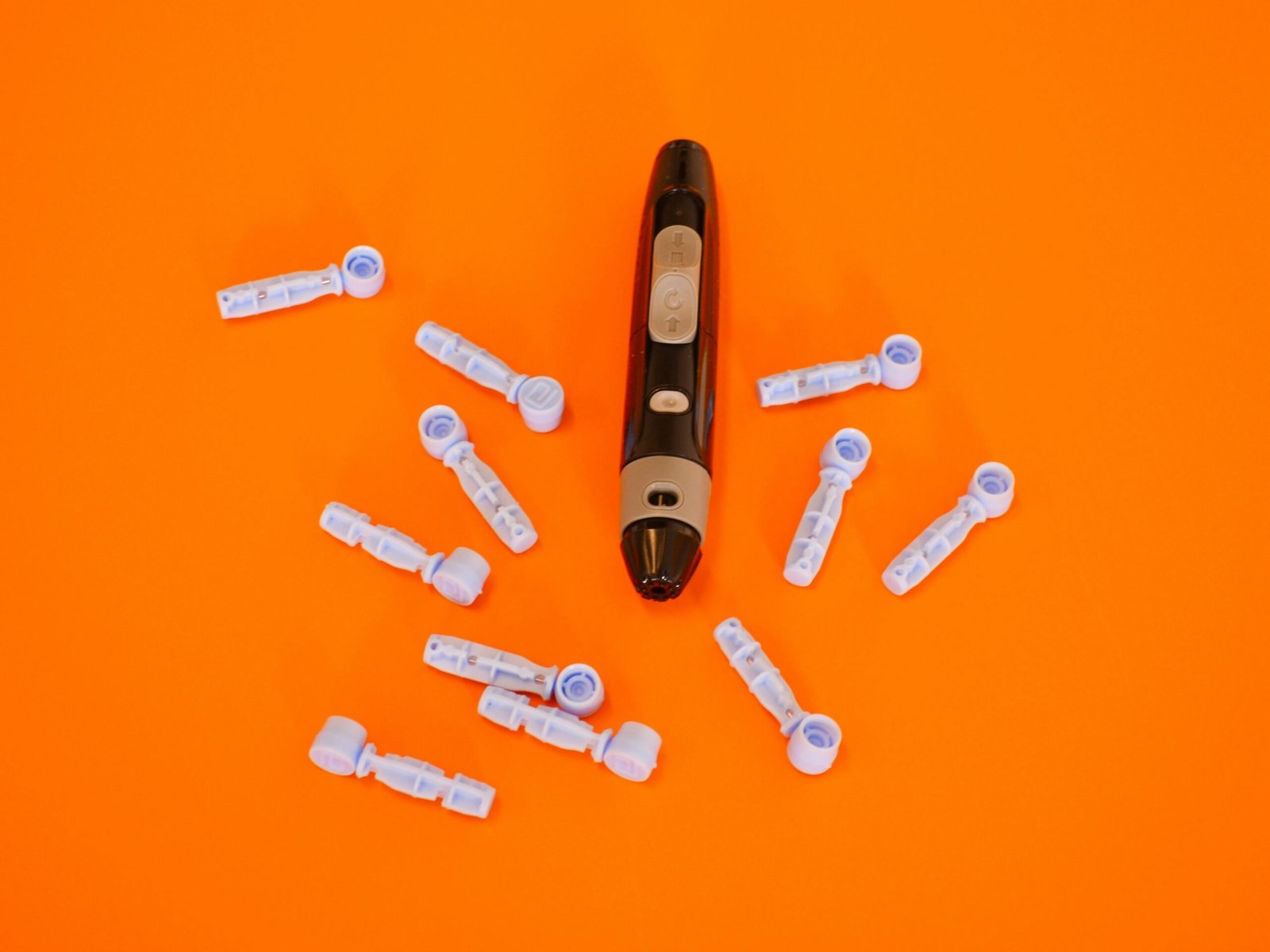Good news for pasta lovers with diabetes! Contrary to popular belief, being diabetic doesn’t mean completely giving up on delicious pasta dishes. While it’s important for diabetics to monitor their carbohydrate intake, there are actually several factors to consider when it comes to incorporating pasta into a diabetic meal plan. In this article, we will explore the various considerations and offer practical tips to help you enjoy pasta in a way that aligns with your dietary needs. So, if you’ve been wondering about the compatibility of pasta and diabetes, read on to discover some reassuring and informative insights.
Health Considerations
As a diabetic, it’s important to consider various health factors when deciding whether or not you can include pasta in your diet. Pasta is a carbohydrate-rich food, and consuming carbohydrates can have an impact on blood sugar levels. However, with proper portion control, choosing the right type of pasta, and incorporating other healthy elements into your meal, you can still enjoy pasta as part of a well-balanced diabetic diet.
Effect on Blood Sugar
Carbohydrates are the primary nutrient in pasta, and they are broken down into glucose during digestion. This can cause a rise in blood sugar levels, especially if you consume large amounts of pasta or if you have difficulty managing your blood sugar levels. It’s important to monitor your blood sugar closely after consuming pasta and make any necessary adjustments to your medication or insulin regimen.

Types of Pasta
When it comes to pasta, not all options are created equal. Opt for pasta with a lower glycemic index, as it is digested more slowly and has a smaller impact on blood sugar levels. Whole wheat pasta, for example, has a lower glycemic index compared to regular white pasta. Other alternatives, such as brown rice pasta or quinoa pasta, are also worth considering. These options provide more fiber and nutrients, which can slow down the digestion process and help regulate blood sugar levels.
Portion Sizes
Controlling portion sizes is key for managing blood sugar levels when including pasta in your diet. Diabetic individuals should aim for consistency and moderation. It’s important to keep in mind that pasta portions can be deceiving, so measuring your serving size is highly recommended. Start with a small portion and combine it with other healthy components, such as lean protein, vegetables, and healthy fats, to create a balanced meal.

Cooking Methods
The way you cook pasta can also impact its effect on blood sugar levels. Overcooking pasta can increase its glycemic index, causing a more significant rise in blood sugar levels. Opt for al dente pasta, which has a lower glycemic index. This means that it takes longer to digest and causes a slower and more gradual rise in blood sugar levels. Additionally, avoid adding excessive amounts of high-sugar sauces or toppings, such as creamy Alfredo or sugary marinara, as these can also affect blood sugar levels.
Pairing with Protein
When consuming pasta as a diabetic, it’s essential to balance its impact on blood sugar by pairing it with protein. Protein-rich foods help slow down the digestion process, resulting in a more gradual release of glucose into the bloodstream. Adding lean sources of protein, such as grilled chicken, turkey, fish, or tofu, to your pasta meal can help keep your blood sugar levels stable.

Adding Vegetables
Including vegetables in your pasta dish is not only a great way to add nutrition and flavor, but it also helps mitigate the impact on blood sugar levels. Non-starchy vegetables, such as broccoli, spinach, bell peppers, and zucchini, are low in carbohydrates and high in fiber. This fiber content slows down the digestion process and helps prevent a rapid increase in blood sugar levels. Consider adding a variety of colorful vegetables to your pasta to make it a more balanced and nutritious meal.
Including Fiber
Fiber is an important component of a diabetic’s diet. It helps regulate blood sugar levels and promotes healthy digestion. While regular pasta may lack significant fiber content, there are ways to increase its fiber content. You can opt for whole wheat pasta, which is higher in fiber compared to refined white pasta. Additionally, you can mix regular pasta with a smaller amount of whole wheat pasta to increase the fiber content while still enjoying the taste and texture.

Choosing Whole Wheat Pasta
Whole wheat pasta is an excellent option for individuals with diabetes. It contains all parts of the grain, including the outer bran and the inner germ, which are rich in fiber, vitamins, and minerals. This high fiber content slows down the digestion process and helps prevent spikes in blood sugar levels. Whole wheat pasta also provides a more sustained release of energy, making you feel full for longer periods, thus reducing the temptation to overeat or snack on unhealthy foods.
Alternative Options
In addition to traditional pasta options, there are alternative options available that can be suitable for individuals with diabetes. Brown rice pasta and quinoa pasta are two popular alternatives that offer unique nutritional benefits. Brown rice pasta is gluten-free and rich in fiber, making it an excellent choice for those with gluten sensitivities or looking to increase their fiber intake. Quinoa pasta is high in protein and fiber and has a lower glycemic index than traditional pasta, making it a great option for those looking to manage their blood sugar levels.
In conclusion, individuals with diabetes can include pasta in their diet, but it’s important to consider various factors. Portion control, choosing the right type of pasta, incorporating protein and vegetables, and considering alternatives and cooking methods are all essential in managing blood sugar levels. As always, it’s crucial to consult with a registered dietitian or healthcare professional to develop a personalized meal plan that aligns with your specific dietary needs and health goals. With the right approach, pasta can be a delicious and nutritious addition to a balanced diabetic diet.


